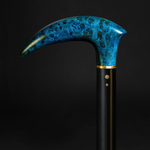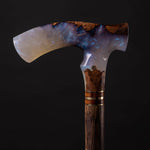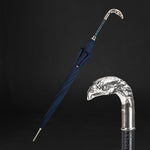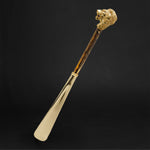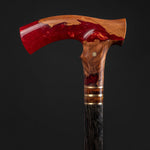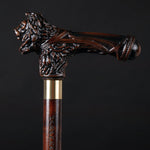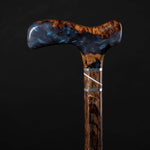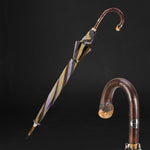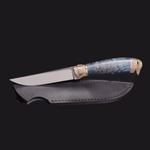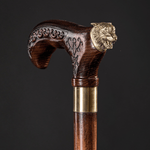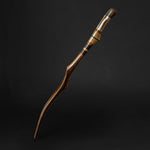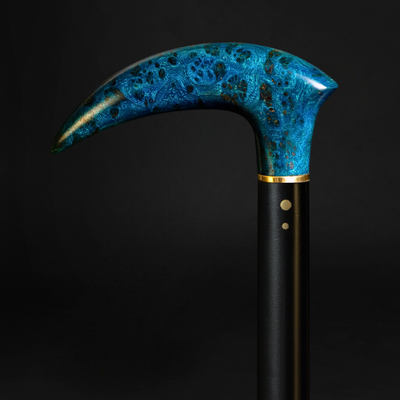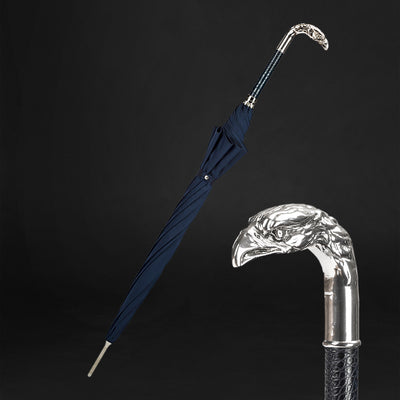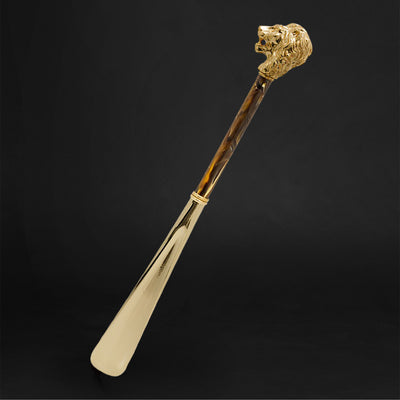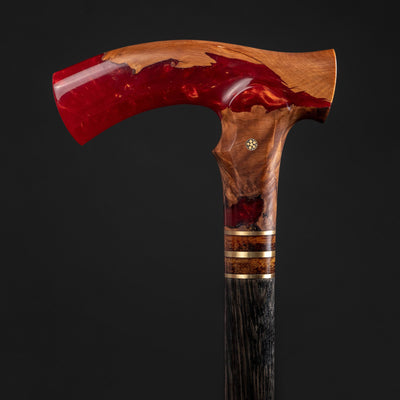You have no items in your shopping cart.
Recent Posts
-
Why an Elegant Cane Is a Thoughtful Gift for Loved Ones?
-
The Art of Christmas Design: Walking Canes That Celebrate the Season in Style
-
How an Ergonomic Walking Cane Handle Prevents Hand and Wrist Strain?
-
How to Walk With a Cane Correctly to Avoid Back or Shoulder Strain?
-
5 Common Mistakes People Make When Buying a Walking Cane (and How to Avoid Them)
-
How to Choose a Walking Cane That Reflects Your Personality (Not Just Your Needs)?
MOST POPULAR NOW
24
May
Carrying a cane has long been associated with elegance, wisdom, and individuality. Today, beyond its functional use, a well-crafted cane also plays a powerful psychological role—impacting how others perceive you and, more importantly, how you perceive yourself.
Whether used as a mobility aid or a personal style statement, the cane is more than just an accessory. It’s a symbol of confidence, posture, and presence—and the psychology behind it reveals why this centuries-old tool continues to hold power in modern life.
The psychology of carrying a cane: confidence, posture, and presence
1. Confidence through intentional movement
Walking with a cane adds a sense of deliberate rhythm to your steps. This slow, controlled pace is often interpreted as composure and self-assuredness.
Why it matters:
-
Intentional movement reduces the hurried, nervous energy that often reads as insecurity
-
A cane commands space and attention, giving the user a clear focal point in motion
-
Using a cane encourages upright, conscious posture, which boosts mental focus and emotional poise
Result: Carrying a cane can transform ordinary movement into a confident, controlled performance.
2. Posture and physical awareness
A cane subtly trains your body into a more upright, balanced stance. Whether used for support or as a stylish addition, it prompts greater awareness of how you hold and carry yourself.
Benefits:
-
Encourages shoulder alignment and spine support
-
Reduces unconscious slouching or leaning
-
Adds physical rhythm and symmetry to your gait
Psychological Effect: Improved posture leads to enhanced self-esteem, authority, and energy—all traits that are both felt and perceived.

3. A symbol of identity and authority
Throughout history, the cane has symbolized status, leadership, and distinction—from nobility and scholars to artists and public figures.
Why people notice:
-
A cane implies experience, style, and self-possession
-
It often breaks from social norms, catching attention in a quiet but powerful way
-
It’s associated with elevated roles—from judges’ gavels to ceremonial staffs
Interpretation: Carrying a cane is a visual cue that you know who you are—and you're not afraid to be seen.
4. Presence that sets you apart
In a crowd, a cane naturally adds dimension and silhouette, making you stand out without effort.
Presence-enhancing qualities:
-
Adds visual interest to your profile
-
Suggests story, personality, and depth
-
Encourages observers to look twice and take notice
For creatives, thinkers, or those in leadership roles, a cane can become part of a visual signature—subtly reinforcing personal brand and individuality.
5. Emotional empowerment and control
For those who use canes for physical support, the emotional impact can be complex—but when chosen with care, a cane can shift from being a medical device to a source of empowerment.
Emotional shifts:
-
From limitation to strength: When the cane is intentional, it becomes a part of your presence—not a reminder of weakness
-
From invisibility to distinction: In a world that often overlooks mobility aids, a beautifully designed cane demands respect and recognition
Design Tip: Choosing a cane that aligns with your style—carved wood, silver-plated, or hand-painted—can change how you feel about using it.

Final thought: the cane as a tool for expression and empowerment
Carrying a cane is more than a practical choice. It’s a psychological and stylistic declaration—a way to command space, improve physical awareness, and reinforce self-confidence with every step.
Whether used out of necessity or choice, the right cane doesn’t just support your walk—it supports your identity, presence, and the way you move through the world.
Also Purchased
-
Beige Walking Cane for Ladies Chamomile Flower, Wooden Walking Stick
Introducing our beautiful Beige Walking Cane for Ladies with Chamomile Flower, a Wooden Walking Stick that is hand carved and handmade, making it both pretty and unique. This walking cane...$79.50 -
Exotic Burl Wood Walking Cane – Fashionable Artisan Stick
A sculptural statement in deep, oceanic blue — this walking cane is more than a support accessory, it's wearable art. Meticulously hand-shaped from stabilized burl wood, the handle evokes the...$425.00 -
ArtWalkingSticks™ MAGIC Walking Cane, Handmade - Make to Order
This piece of art is created for those who value details. We make one of a kind, handcrafted wood and resin canes. Our Wooden Canes are completely unmatched in creativity....$430.00 -
Umbrella with Eagle Handle, Fashion Umbrella For Men
Make a bold and fashionable statement with our Umbrella with Eagle Handle - a unique and functional accessory designed for men. The striking eagle handle is the highlight of this...$325.00 -
Fashionable Lion Shoehorn Long Handle, Pearly Brown Shaft, Handmade
Introducing our Fashionable Lion Shoehorn, a handcrafted, long-handled shoe horn with a pearly brown shaft that's both stylish and practical. The intricate Lion design adds a touch of elegance to...$240.00 -
ArtWalkingSticks™ MAGIC Red Walking Cane - Unisex, Handmade
This piece of art is created for those who value details. We make one of a kind, handcrafted wood and resin canes. Our Wooden Canes are completely unmatched in creativity....$425.00















